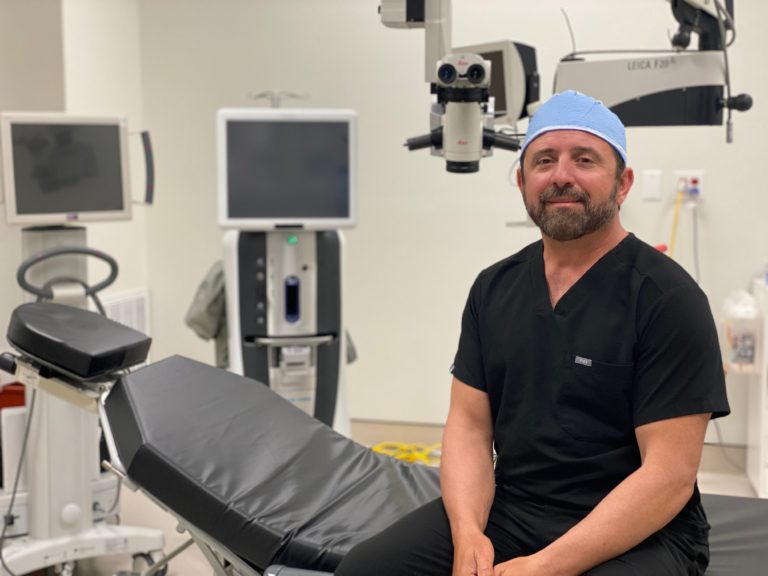The millennial generation could very well be the powerful driving force behind direct primary care’s (DPC) market growth in the years to come. They come large in numbers (an estimated 80 million), wield wallet power, and have consumer preferences that properly align with what the disruptive health care delivery model has to offer.
America’s largest generation likes instant gratification. They like convenience. They are more likely to research product information and consult with others prior to swiping the plastic compared to non-millennials. They also openly share their purchasing experiences via social media outlets in addition to word of mouth.
When you apply these behaviors to the transaction of health care services, DPC has the potential to run away with some serious competitive advantages over mainstream medicine.
Instant Gratification
When was the last time you fired off e-mails to your doctor and the response time was consistently less than 15 minutes? Or your doctor hand delivered prescription medications to your workplace? Or you knew upfront how much it would cost for prescription medications or lab tests? DPC injects price transparency into the health care market – a foreign concept under the status quo. The convenience factor simply can’t be trumped by most other health care settings in the business of providing primary care services.
These are just a few defining traits that ought to make DPC appealing to the millennial crowd. They are accustomed to rapid communication, and they also value physician-patient interaction. According to a 2015 survey of 3,000 patients commissioned by Nuance Communications, 73 percent perceive that spending more time with their doctors is the top factor that contributes to better medical care. 40 percent currently feel rushed during their appointments. For DPC patients, time is on their side, since direct care physicians have the ability to dedicate more attention to their patients. They can do this simply because they do not participate with insurance carriers. Rather, in exchange for a median monthly fee of $70, these providers guarantee their patients around-the-clock care, inclusive of a defined package of primary care health services.
Technology
Most DPC practices keep up with the proliferation of mobile technology by employing both real time and asynchronous telemedicine with their patients who are accustomed to constantly being “plugged in.” 85 percent of millennials are equipped with smart phones, and the Pew Research Center affirms that over 80 percent of this age group even sleep with them. Moreover, texting now dominates as the top form of communication, and it is plain normalcy for e-mails to be answered to all hours of the day.
Atlas.md, a mobile app designed by a tech team and Dr. Josh Umbehr, a direct care physician whose practice is located in Wichita, Kansas, lets patients schedule same-day appointments and manage their membership bills. These entrepreneurs also developed electronic medical record (EMR) software in which patients’ text and email correspondence with their physicians directly downloads into their personal chart. Of course, there are patient portals that have been established by medical practices and hospitals in order to receive meaningful use incentives provided by the government. But the EMR separates itself from other platforms because providers can operate more efficiently since they don’t have to manually document patient correspondence themselves, and patients can communicate with their doctors on a more familiar level.
On another note, let’s not forget that millennials frequently use technology to share their everyday purchasing experiences accompanied by an influx of hashtags and selfies. Like other brands, DPC practices can benefit from this behavior. A recent case in point developed when my coworker’s fiancé was visiting from out of town. The evening before his Monday morning flight, he inconveniently cut himself on a broken glass vase, resulting in a 3-inch deep laceration across his leg. They knew the ER was the least optimal destination to seek care. Urgent cares, a more cost-effective option, were closed. She set the scene in a recent Carolina Journal column:
I had been to the emergency room enough growing up to know that we were in for at least three or four hours of waiting before we were seen. When he announced that the average cost of stitches in the emergency room was well over $1,000, I told him to enjoy those apples because his paycheck as a recent graduate probably wouldn’t cover fresh fruit next month.
Fortunately for my fiancé (and his wallet), we opted for a more convenient, affordable solution: direct primary care. Instead of spending thousands of dollars and many hours of discomfort in the emergency room, we were back home eating dinner an hour later, stitched up, and out only $100.
What is this direct primary care wizardry that was able to save us so much time and money? Dr. Amy Walsh of Doctor Direct describes it as the “Netflix of medicine.’”
Shortly thereafter, a medical instagram was posted of her fiancé, holding up his bloodied leg with two thumbs up. Things were going to be okay, and his wallet wasn’t going to burn too badly.
Values
Market research suggests that millennials tend to affiliate with companies and brands that coincide with their individual values. As mentioned in Forbes:
More millennials than non-millennials integrate their beliefs and causes into their choice of companies to support, their purchases and their day-to-day interactions. More than 50% of millennials make an effort to buy products from companies that support the causes they care about, according to research from Barkley, an independent advertising agency.
Full disclosure, I am a millennial who is a direct care patient – not just because I enjoy the risk-aversion and comfort of knowing that for an affordable monthly membership I have unlimited access to my primary care doctor, but because this traditional yet innovative business model bleeds the free-market principles that I love. It’s a way in which health care can be less expensive for many more people. It can collaborate well with insurance plans that cover the unforeseen medical catastrophes – precisely what insurance ought to be.
It just makes sense.


